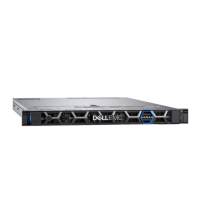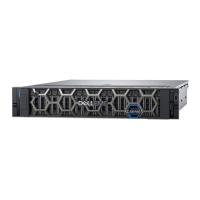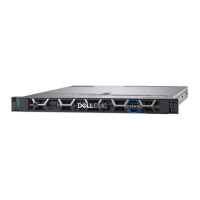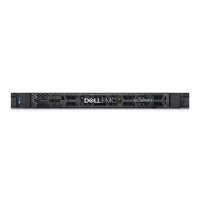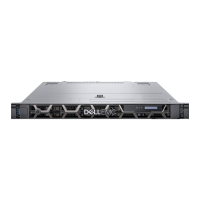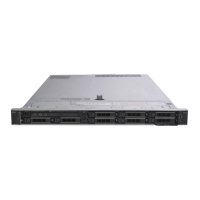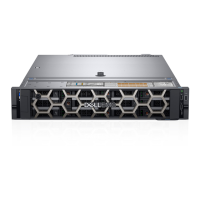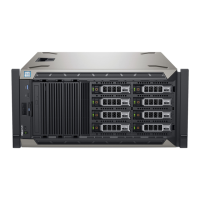l
Read RAM Cache configuration, state, and statistics for the selected object. The
type of information displayed depends on the type of object selected in the table.
l
Read Flash Cache configuration, state, and statistics for the selected object. The
type of information displayed depends on the type of object selected in the table.
l
Device Test Results for the device selected in the table, if any tests have been
performed.
l
Background Device Scanner results for the device selected in the table, if the
scanner is enabled.
l
Network Throttling configuration for the selected SDS, including bandwidth limit
per job, and queue length, for both Rebuilding and Rebalancing.
l
Fine Granularity—the number of the concurrent I/Os
l
I/O Priority configured for the selected Storage Pool, including Rebuild and
Rebalance states, number of parallel jobs, I/O prioritization policy, concurrent I/Os
and bandwidth limit
l
Miscellaneous items, such as DRL mode, zero padding, checksum mode
l
Performance profile currently assigned to the selected object: Default, High or
Custom. “Custom” is displayed whenever performance-related parameters have
been configured manually, instead of via a performance profile.
l
Oscillating Failure Counters are shown for SDSs and devices selected in the
Backend view, for SDCs selected in the Frontend view, and for Alert messages.
l
Oscillating Failure Parameters currently configured in the system are shown for
the entire system, for the selected Storage Pool or Protection Domain, and for
Alert messages. The counters shown depend on the object selected in the table.
n
Window: the sliding time-window for each interval (Short, Medium and Long)
n
Threshold: the number of errors that may occur before error reporting
commences
n
Period: the time interval of each Window, in seconds
l
Maintenance Mode state of the selected SDS is shown here. States include: No
Maintenance and In Maintenance Mode.
l
Certificate Info is shown for security certificates
l
Related objects, which can be very useful for troubleshooting problems, or for
planning purposes, when you need to make changes to your system.
l
From the Hardware view, you can display property sheets for various hardware
components (when present, depending on server model) by clicking on the
corresponding buttons or graphical representations in the middle panel of the
window. By default, when you toggle between nodes, the Property Sheet initially
displays Node Properties.
n
BMC (iDRAC) (Baseboard Management Controller) displays connectivity
status, addresses and firmware version of the node’s BMC (iDRAC)
n
Fan displays the status and speed (RPM) of each fan in the node
n
BOSS card displays general inventory information and physical information.
n
NIC (Network Interface Card) lets you toggle between NICs in the node.
Information is displayed for each built-in NIC’s PCI slot and ports.
n
CPU (Central Processing Unit) displays details about the node’s CPUs,
including inventory and specifications, temperature, voltage and cache
information for L1, L2 and L3
VxFlex OS GUI Features
106 Dell EMC VxFlex Ready Node AMS User Guide
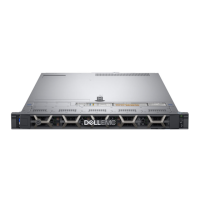
